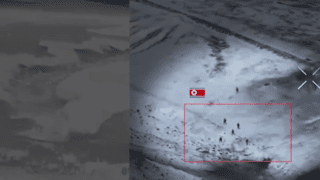Russia’s Plan to Flood AI with Pro-Kremlin Lies
Video Summary
What’s concerning is that these sites are constructed using AI and large language models, which can produce more realistic-sounding news stories. For instance, an AI-generated article claimed that Obama had discussed with an unnamed Democratic strategist how to “get rid of” Trump, a quote that was taken from a fake audio clip. This fake audio was traced to another article on a website called “Deep State Leaks.org.”
This network was distributed through 1071 different fake news websites, all citing “Deep State Leaks.org” as the source. What’s interesting is that John Mark Dugan, an American who fled to Russia when facing criminal charges, is listed as the domain registration for this network. However, it’s clear that he’s not the mastermind behind this operation – the real brains behind it is likely the Kremlin.
What’s even more troubling is the use of existing names to confuse viewers, like “Deep State Leaks.org,” which is also the name of a map of the Ukraine-Russia conflict. This tactic is meant to damage the reputation of “Deep State” and make people question its legitimacy.
These bogus news sites push election-related conspiracy theories, such as the notion that one candidate is favored by the government over another. This narrative is repeated across social media platforms and by AI chatbots. What’s even more worrying is that Google’s dominance in search engines can make it difficult to separate fact from fiction. Google’s AI-powered search results can perpetuate these false narratives, making it hard to distinguish between true and false information.
The fear is that Google’s AI may ultimately create two narratives, one with proven and reliable sources, and another with unverifiable information. This can lead to confusion and uncertainty, making it even more challenging to distinguish between fact and fiction. As a result, it’s crucial to be vigilant and informed, using credible sources to stay ahead of these disinformation campaigns.
























